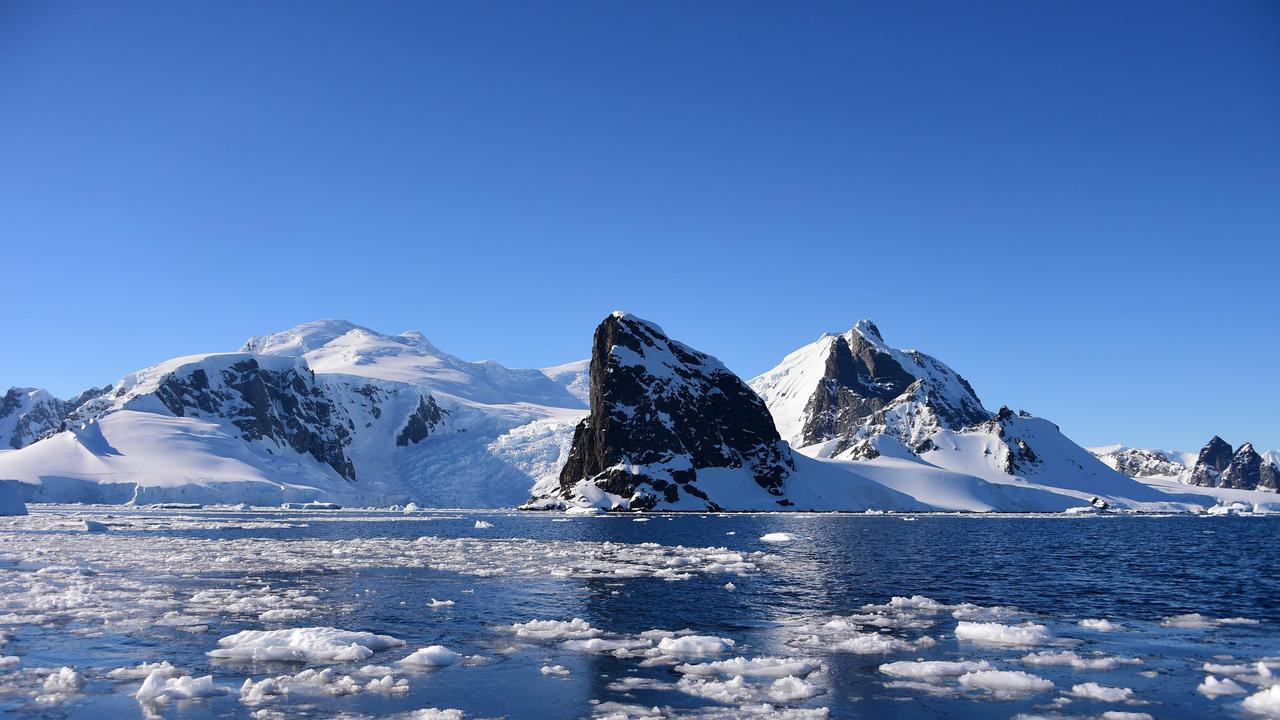Hottest January ever recorded as Antarctica sets a new heat record
Last month was the hottest January on record, but dig into the numbers even more and they quickly get even more disturbing.

Antarctica may have set a new temperature record as scientists confirm last month as the hottest January ever.
US scientific agency the National Oceanic and Atmospheric Administration has been recording the average global temperature for 140 years.
On Thursday it reported last month was the hottest January it’s ever recorded.
The Earth was 1.14C above the 20th century average, beating a previous 1.10C record rise set in 2016.
The four warmest Januaries on record all happened since that year, and the top 10 all occurred since 2002.
And still to be confirmed is a recording on February 9 of a temperature of 20.75C at Seymour Island in the Antarctic Peninsula.
While the record of global average temperatures only goes back to 1880 and the Earth may have had higher temperatures in the past (a possibility that can’t be scientifically proven with much certainty), the rising global temperatures are particularly concerning because they are happening in the present, where we live.
The rising temperature is also melting snow and ice in the polar regions, which causes sea levels to rise, and in these areas the temperature appears to be rising even faster.
Parts of Russia, Scandinavia and eastern Canada recorded temperatures up to five degrees above average.
The oceans themselves are also hotter than ever before.

The extent of Arctic sea ice was 5.3 per cent below the average from 1981-2010, and Antarctic sea ice was 9.8 per cent below the average.
The hottest January after the second hottest year on record (that’s globally – in Australia 2019 was the hottest and driest year we’ve ever recorded) “is one of those indications that things are warming dramatically,” University of Illinois climate scientist Don Wuebbles said.
But while the sea level rise has its own catastrophic impacts (of which Australia is particularly susceptible as our country is entirely bordered by coast line, which most of us also happen to live pretty close to), the melting ice poses other dangers.
Permafrost regions in the Arctic contain large deposits of methane gas, which can be released into the atmosphere when ice melts.

The more this happens the faster it happens too, because methane is itself a powerful greenhouse gas which contributes to temperatures rising.
Livestock, particularly cattle, are also potent emitters of methane.
Direct livestock emissions make up more than 10 per cent of Australia’s greenhouse gas emissions according to the Department of Agriculture, Water and the Environment.
There are also fears the ice may be containing deadly viruses and bacteria that modern medicine has never encountered and might not know how to contain.
Antarctica may have also just recorded its hottest day on record.
The figures still need confirming by the World Meteorological Organisation (WMO), but an Argentine research base recorded a temperature of 18.3C on February 6.
The WMO’s weather and climate extremes rapporteur Randall Cerveny said it looks to be a new record, after a 17.5C measurement was recorded in March 2015.
“Everything we have seen thus far indicates a likely legitimate record but we will of course begin a formal evaluation of the record once we have full data from (Argentina’s national meteorological service) SMN and on the meteorological conditions surrounding the event,” Mr Cerveny said.
The WMO will also need to verify another record after Brazilian scientists recorded a temperature of 20.75C on Seymour Island in the Antarctic Peninsula last week on February 9, the first time the temperature in the region has ever passed 20C.
— with wires



